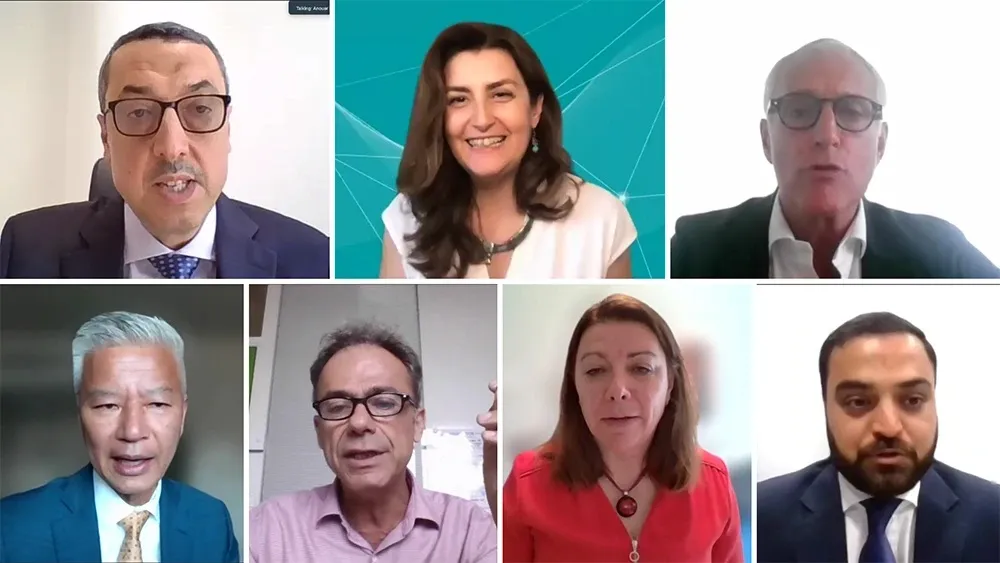Inrix is to join the Corporate Partnership Board (CPB) of the International Transport Forum (ITF) at the OECD. Created in 2013, the CPB is the ITF's platform for engaging with the private sector and enriching policy discussion with a business perspective among its 54 member countries. Inrix joins the 13 current CPB members from across the transport industry: Bombardier Transportation, China Communications Construction Company (CCCC), China Ocean Shipping Company (COSCO Group), Kapsch TrafficCom, Meridiam, M
March 25, 2015
Read time: 2 mins
Inrix is to join the Corporate Partnership Board (CPB) of the
Created in 2013, the CPB is the ITF's platform for engaging with the private sector and enriching policy discussion with a business perspective among its 54 member countries.
Inrix joins the 13 current CPB members from across the transport industry:
Inrix technologies connect drivers and cars to smarter cities; the company’s real-time traffic information and driver services are implemented by a variety of automakers including
The ITF’s 2015 Summit on the theme ‘Transport, Trade and Tourism: Mobility for a Connected World’ will take place from 27-29 May 2015 in Leipzig, Germany.








